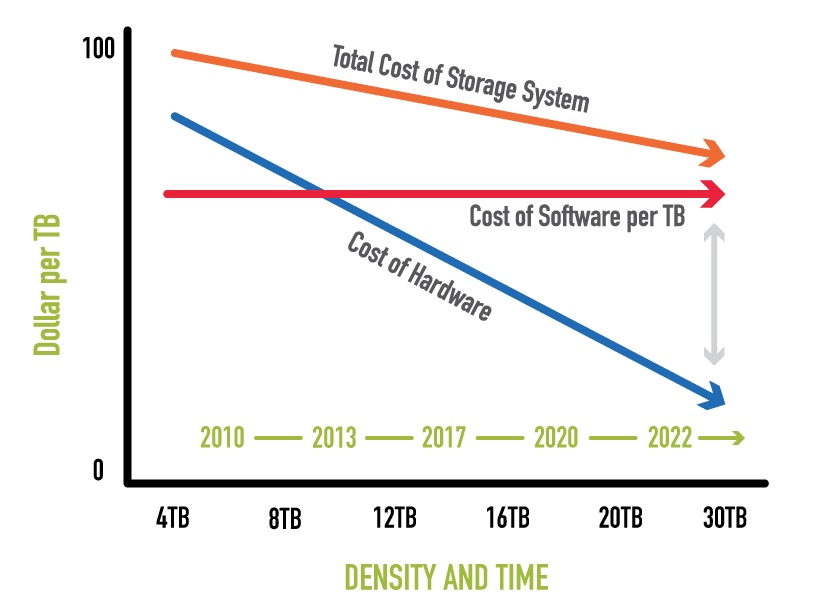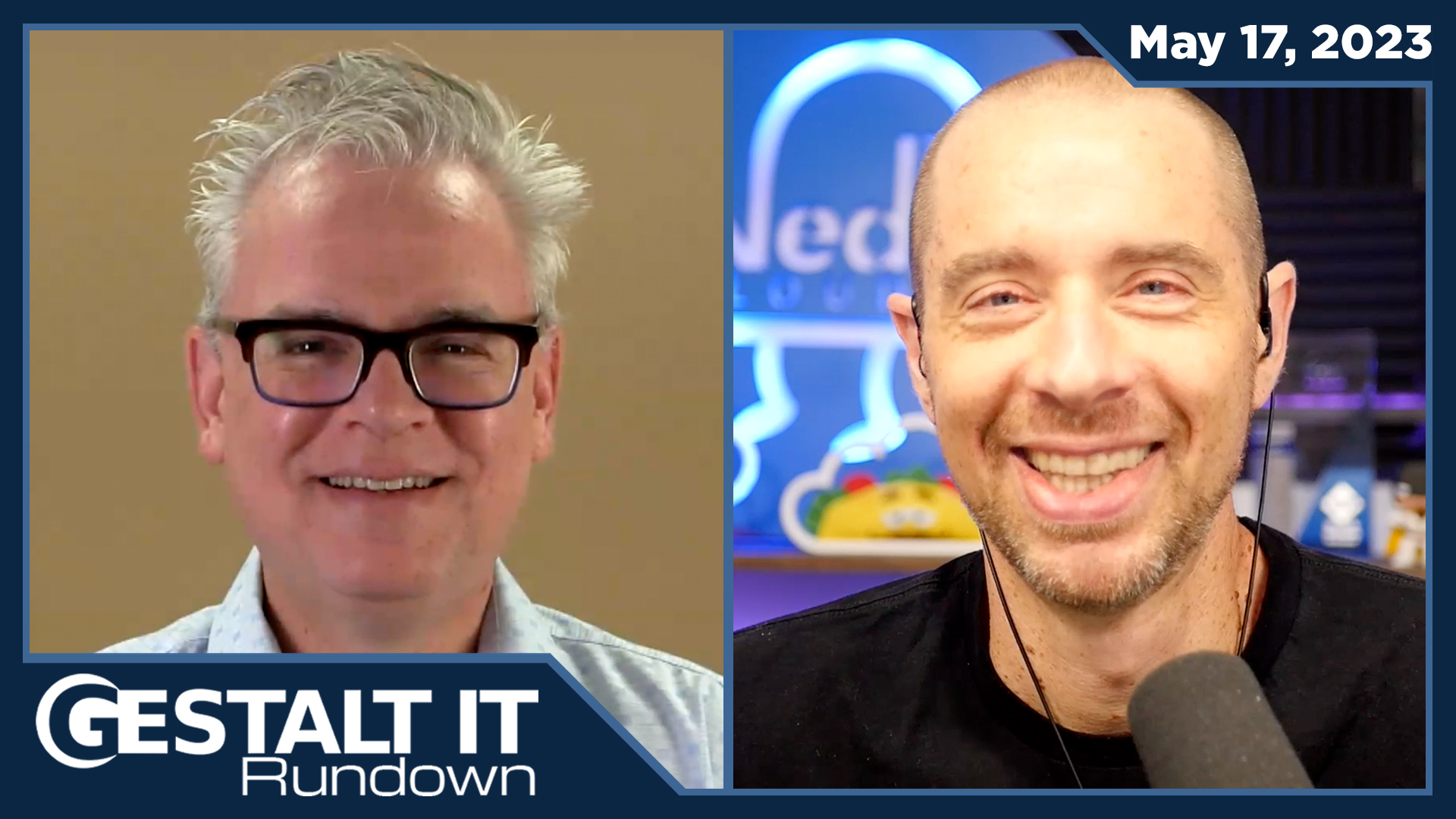
The third rail of an electrical subway system carries the current - touch it and you're dead
See Martin’s response, Deal or No Deal
Every field has its untouchable “third-rail” topics: The metaphor is often used in American politics to describe things like social security, taxes, gun control, and the role of traditional allies – things that cannot be debated or discussed. In business, salaries and bonuses are often kept secret due to the same fear of upsetting apple carts.
The third rail of enterprise IT is the shockingly opaque and flexible pricing schemes applied to hardware, software, and services. How much does a high-end switch or storage array cost? Are you getting ripped off on your maintenance contracts? Which bundled software modules are required and which are pure profit? You’ll get no help in answering these questions from mainstream sources like technical media, trade shows, or corporate blogs.
The pricing game
Truthfully, all high-end IT purchases are priced on a case-by-case basis using rough formulas, spiffs, and secret targets that most buyers will never see. Pricing is ever-changing: Expensive items can literally be given away one quarter to create demand the next. Margins are often made up in other areas, like services, contracts, or required upgrades.
Software is especially prone to pricing flexibility, since there is no per-unit fixed cost: Microsoft’s incremental cost for each copy of Windows Server 2008 is very close to zero. But hardware, financial services, and professional services are not free. EMC, HP, IBM, and the rest certainly pay top dollar for quality components, steel, and plastic moldings. And technical engineers get paid a pretty penny (though perhaps not what the best are worth!)
Specificity is a major issue, too. The question is not how much a product costs, but what exactly a given product is! Surely one can buy a plain Nexus 7000 chassis from Cisco, but what good is that? A solution includes a complete set of cards, power supplies, cables, mounting brackets, software licenses, maintenance, and integration services, not a bare chassis. How much does that switch cost again?
Storage folks have long chattered about the cost per gigabyte of a storage array, but this can be gamed just as surely as a standardized performance test. It happens all the time in RFPs: A customer whips up a list of his requirements and a half-dozen responses come in. The oranges come in at half the price of the apples (Apple is never cheap!), but are they really comparable? A vendor can easily “accidentally” leave out a few line items to be added back in once the selection is made.
What is one to do?
Consider how you would respond, knowing all this, if someone demanded to know the list price for a new array, software package, or switch. Suddenly vendor pricing games don’t seem so nefarious, do they? But what can customers do? How can they compare solutions if not on price?
Truthfully, there is a time, once the solution components are finalized, that pricing is fixed. But by then it is usually too late to meaningfully negotiate, let alone switch the buying train to a different track. IT purchasing normally comes down to a qualitative analysis of various solutions followed by a leap of faith with one vendor’s offering. The “you made your bed” moment comes later.
Perhaps this is how it must be. Can an RFP ever truly reflect the total value and cost of an enterprise IT solution? Following this line of thinking, the best option a buyer has in this scenario is to develop a solid working relationship with just a few trusted sales reps, solution engineers, and companies and leverage these to deliver the best result. This is exactly what so many buyers of IT systems wish they did not do, but perhaps they should just accept it as the best option. This is the approach my friends at GC Marshall are taking, for example.
Back to the rail
But certainly there are items that are exempt, and a time for pricing discussions. When EMC introduced enterprise flash drives (EFDs, or solid-state disks) in their high-end DMX storage array line, they claimed that the high cost was justified by the extreme performance of these devices. But no one could say just what that high cost was! Now we hear that prices have dropped “by over 75%“, but are given no quantitative information.
It is one thing for a vendor to offer flexible solution-based pricing for a complete system and quite another for them to make cost justification claims with no real data. If a vendor wants to claim cost-effectiveness, then they must provide supporting pricing information. This is by no means aimed at EMC alone – every expensive new item includes a statement of cost, and these are often baseless.
Buyers ought to accept a close relationship with a vendor, complete with flexible solution pricing. But when it comes to groundless marketing claims, enough is enough. Give me the cost or give me a break!





[…] pieces for Gestalt IT as well, and linking to them from here. Check out my recent posts on the flexible nature of IT equipment pricing and the TechTarget Storage Product of the Year awards, for […]
[…] has a article titled: Deal or No Deal? This post by Stephen generated this blog […]